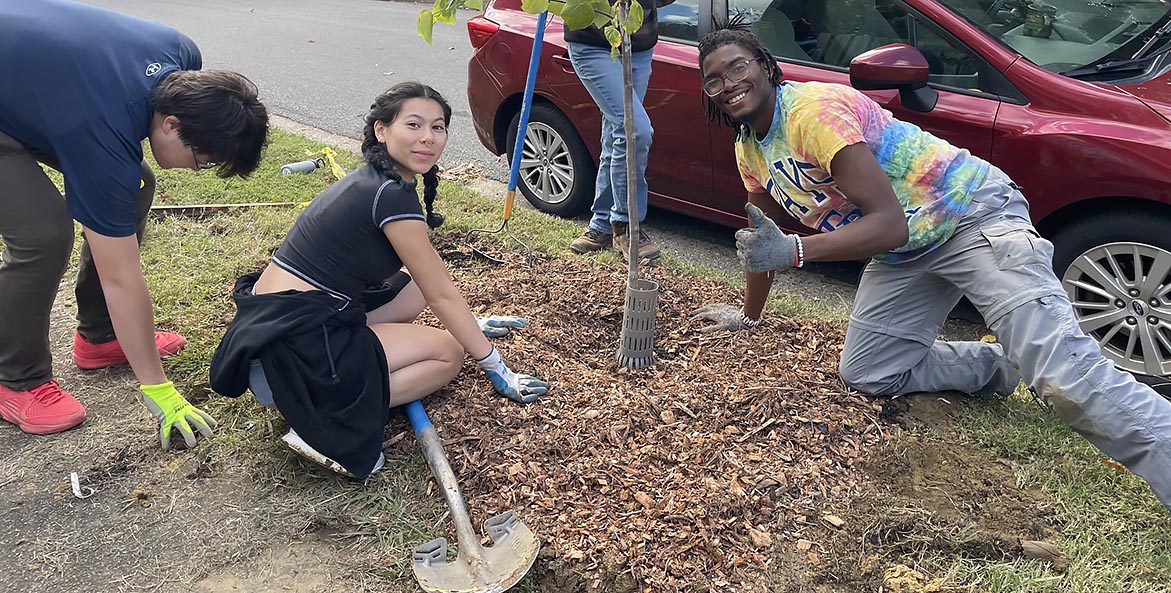There are more than 18 million people who live in the Chesapeake Bay watershed, who don’t all look the same, have the same background, or speak the same language. But we are connected by the right—not the privilege—to clean water.
If we are going to reach a future where the Bay region is truly a sustainable ecosystem, it has to include everyone.
Historically, the metrics we use to guide the success of restoration efforts have not included people. And too often they have not included the people and communities who bear the disproportionate brunt of pollution in their daily lives.
Yet we are a part of nature. A polluted, degraded environment—or a healthy one—impacts more than plants and animals. It impacts the air we breathe, whether we can safely swim in or eat fish from our local rivers, even how frequently our neighborhood floods. It also shapes who we are as people and as communities. It can influence how we interact with and care for the world around us.
Centering people in conservation means measuring our success based on these human indicators, as well as ecological. When we plant trees, we should ask—does this improve water quality? And also ask,—does this improve the health and wellbeing of this community? Centering people means taking into account the environmental, social, and economic intersections of our work and how we create solutions that meet all people’s needs. It means paying attention to what restoration is for, who it is for, and who is at the table making decisions.
As an organization, and as an environmental movement, we are not there yet. But we are aiming for pathways where we can make change, from the way we design our programs to the way we think about using cultural and historical knowledge alongside science. Much of the work starts internally to understand how we embody transformation, and one of the most important places is how we show up as a partner to practice the work and build solutions, collectively.
Regardless of their expertise, no one organization can do this work by themselves. And we shouldn’t. But we do have the ability to be a valuable resource to our partners, to connect people with what they need to do their best work.
For example, supporting legislation that gets communities the funding they need to do studies of stormwater flooding and sewage backups in Baltimore so the city can develop innovative ways to reduce pollution. Or convening hundreds of partners through the Keystone 10 Million Trees partnership, which has collectively planted over 5.7 million trees in Pennsylvania.
All of us have a ‘why’ that drives us to get up in the morning and do the work we’re doing. When we recognize and celebrate all of our ‘whys,’ use all of our knowledge and life experiences, support each other, work together, and recognize that we all have a place in this watershed, that’s how you get transformation. That’s the gamechanger.




